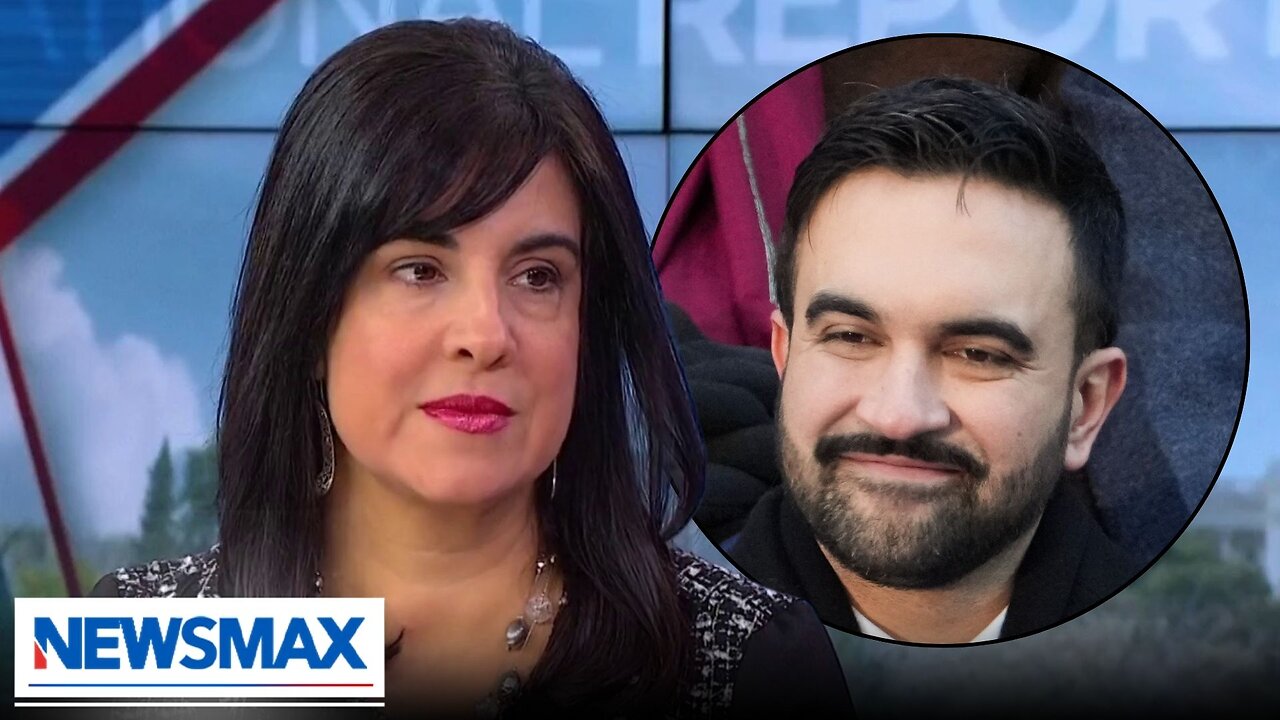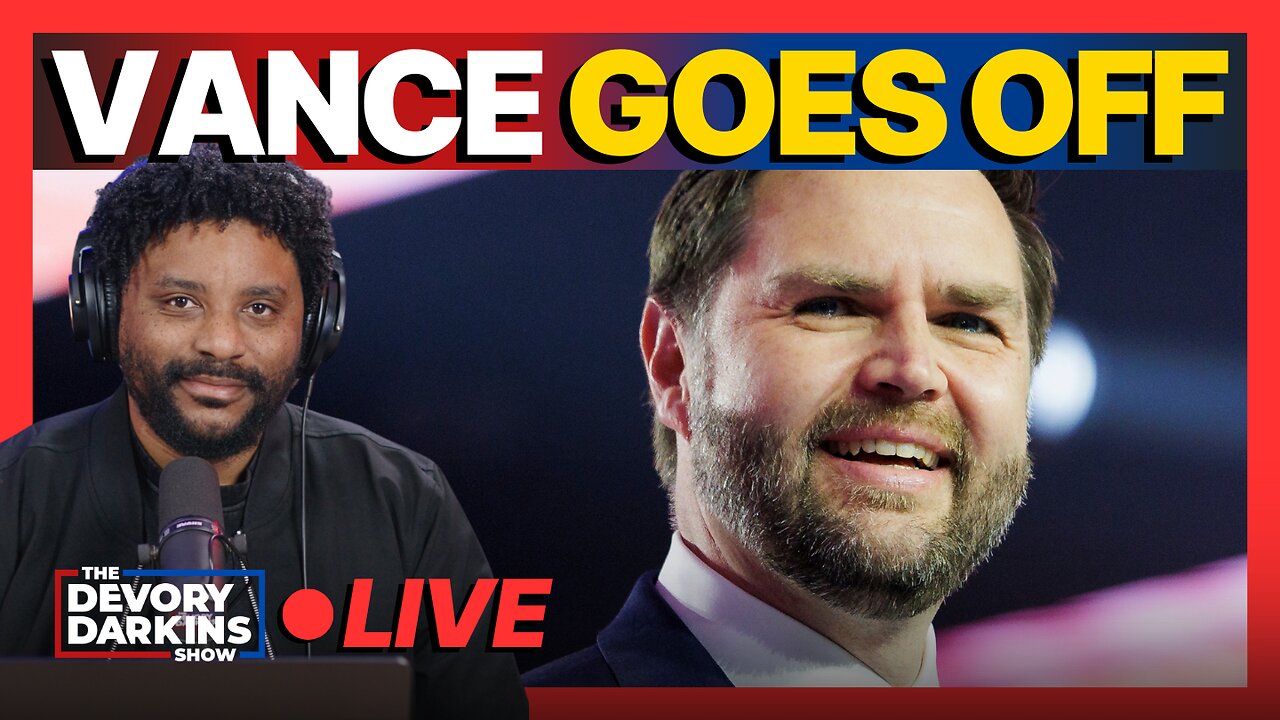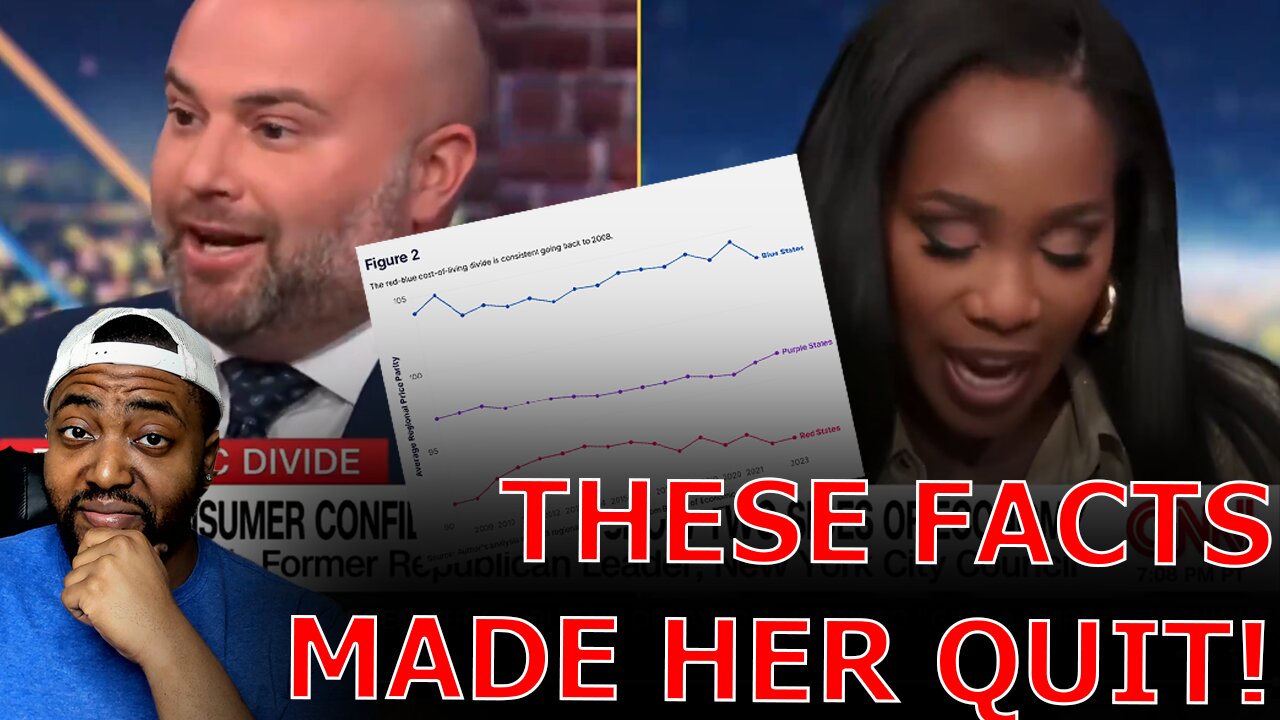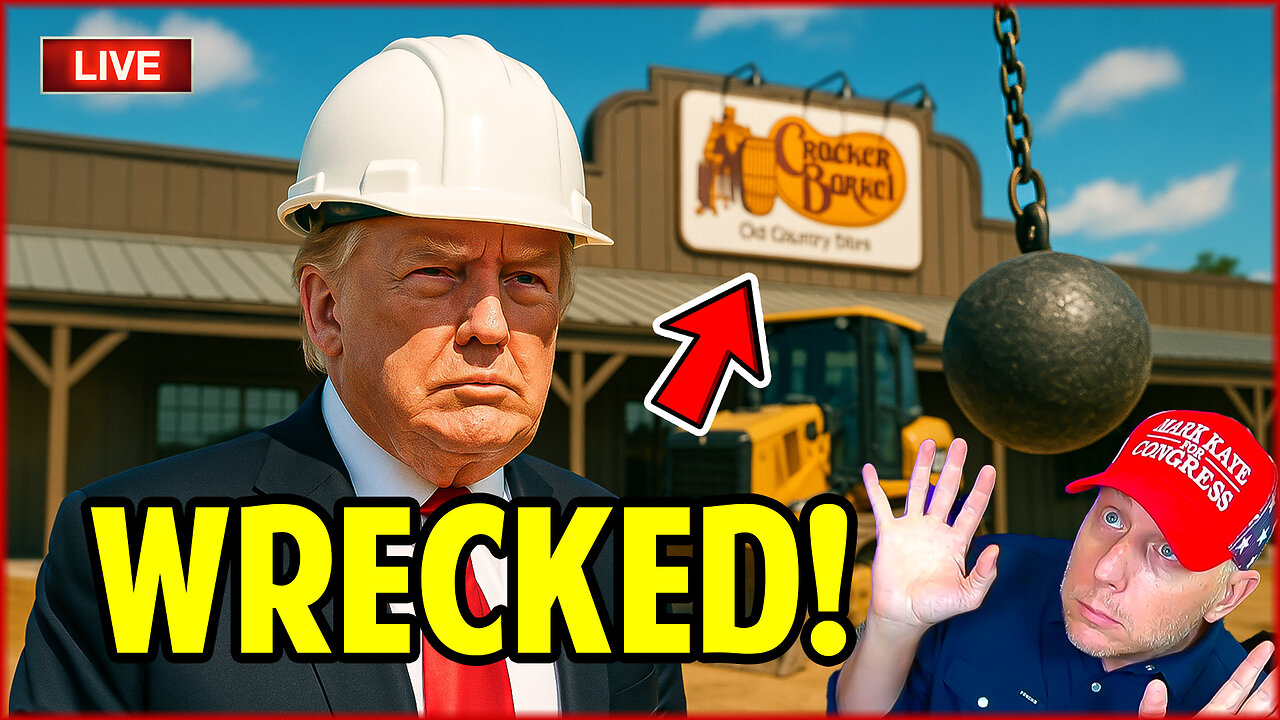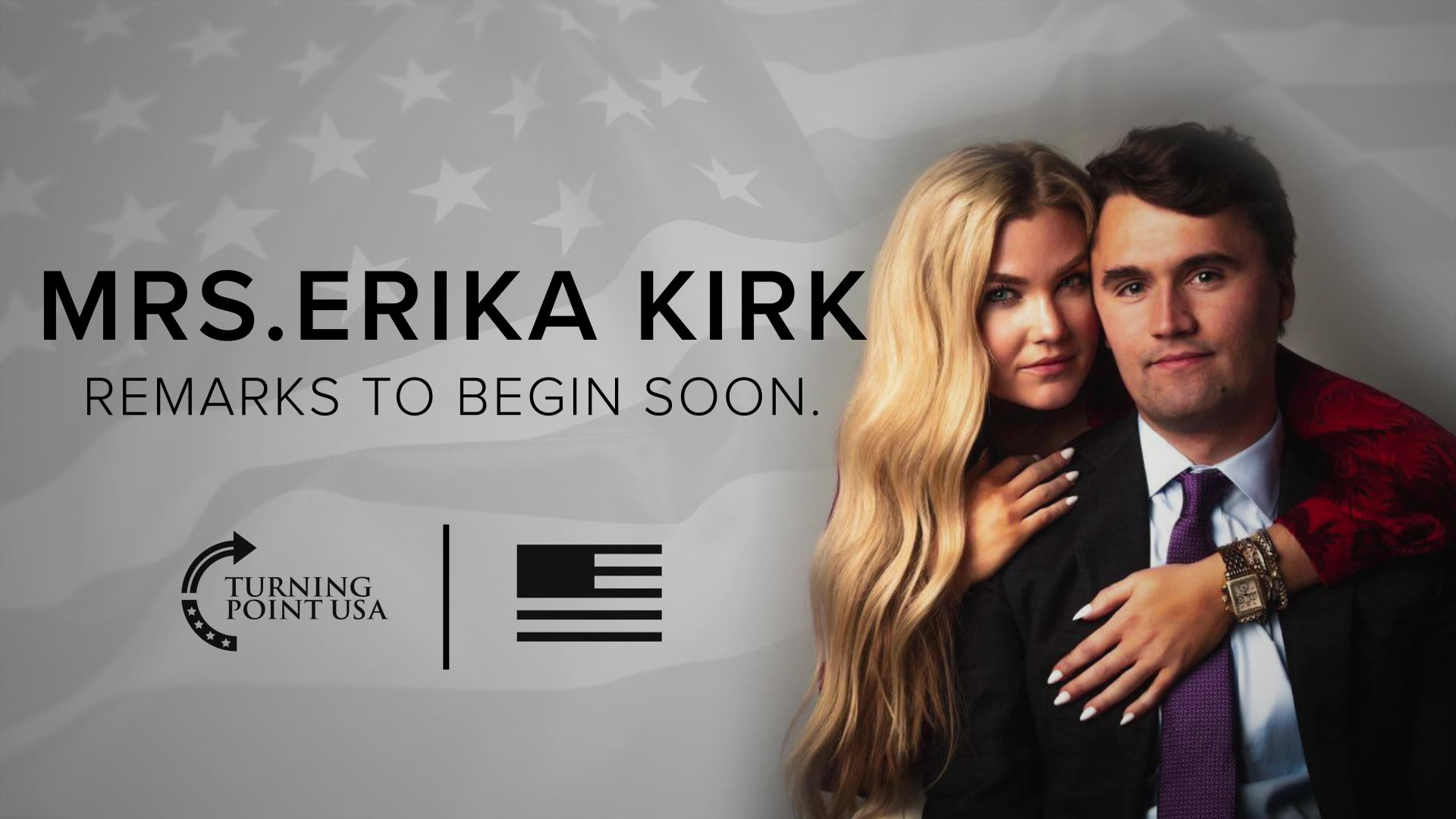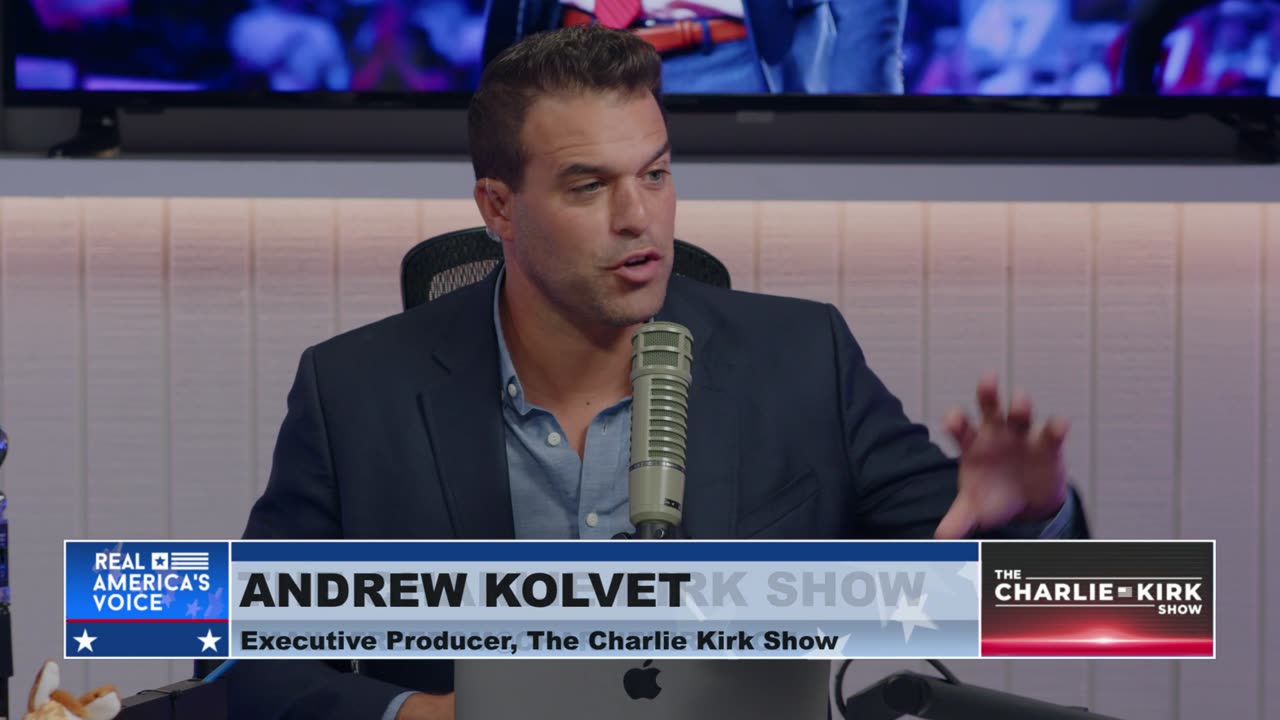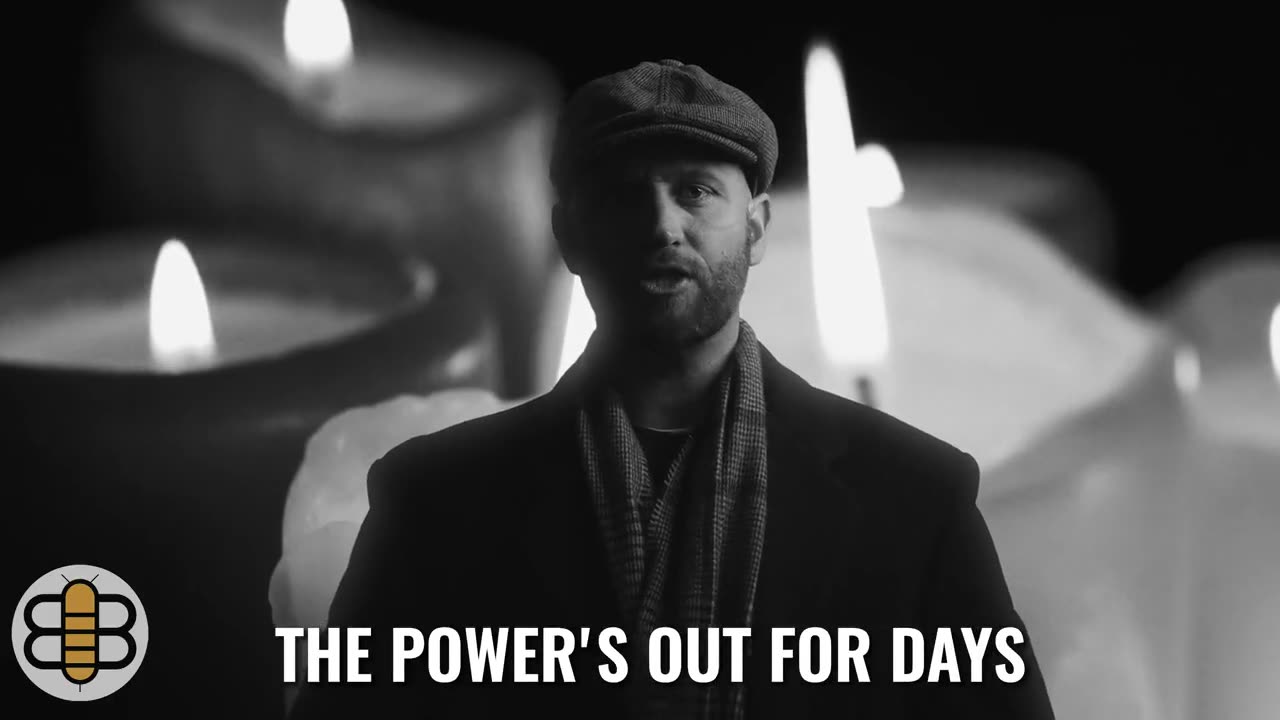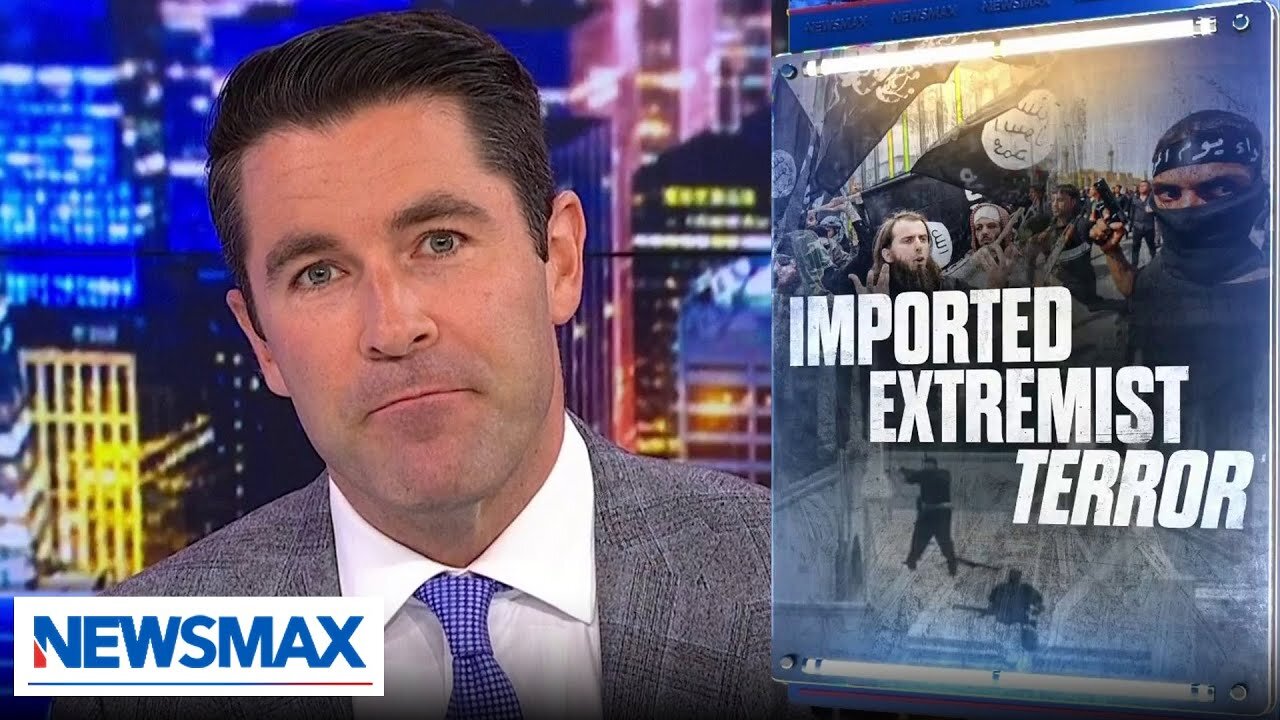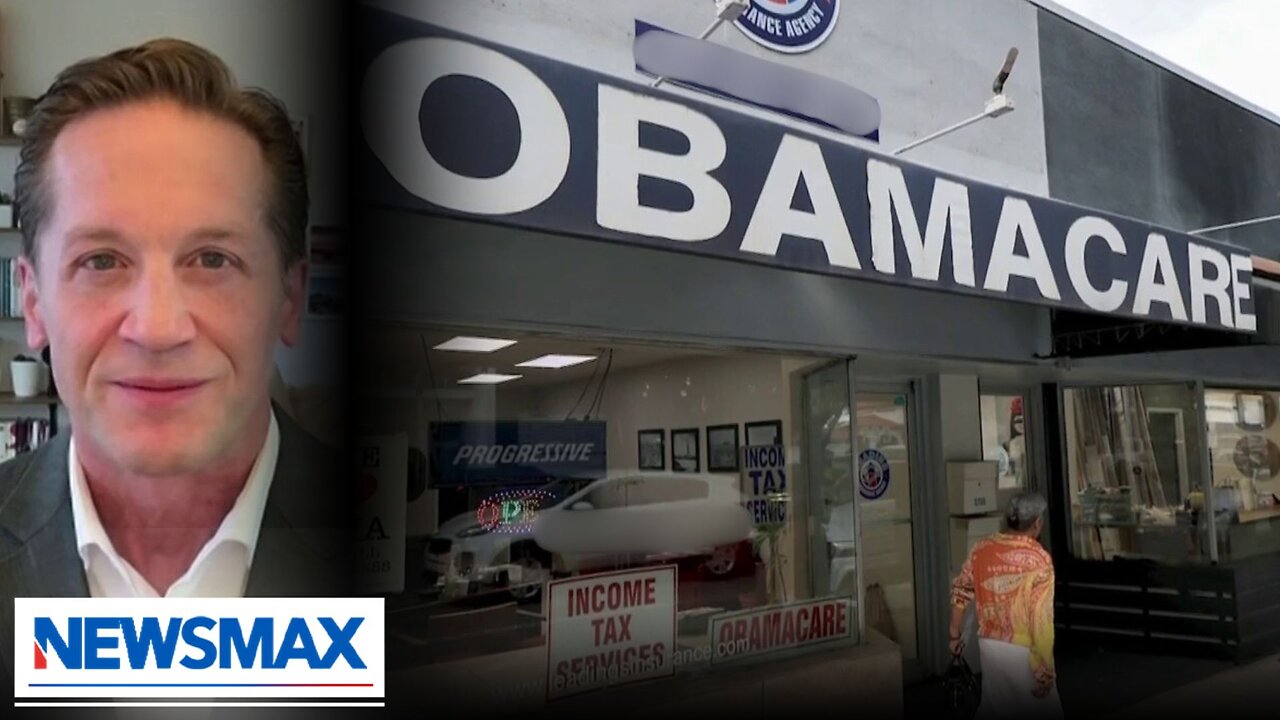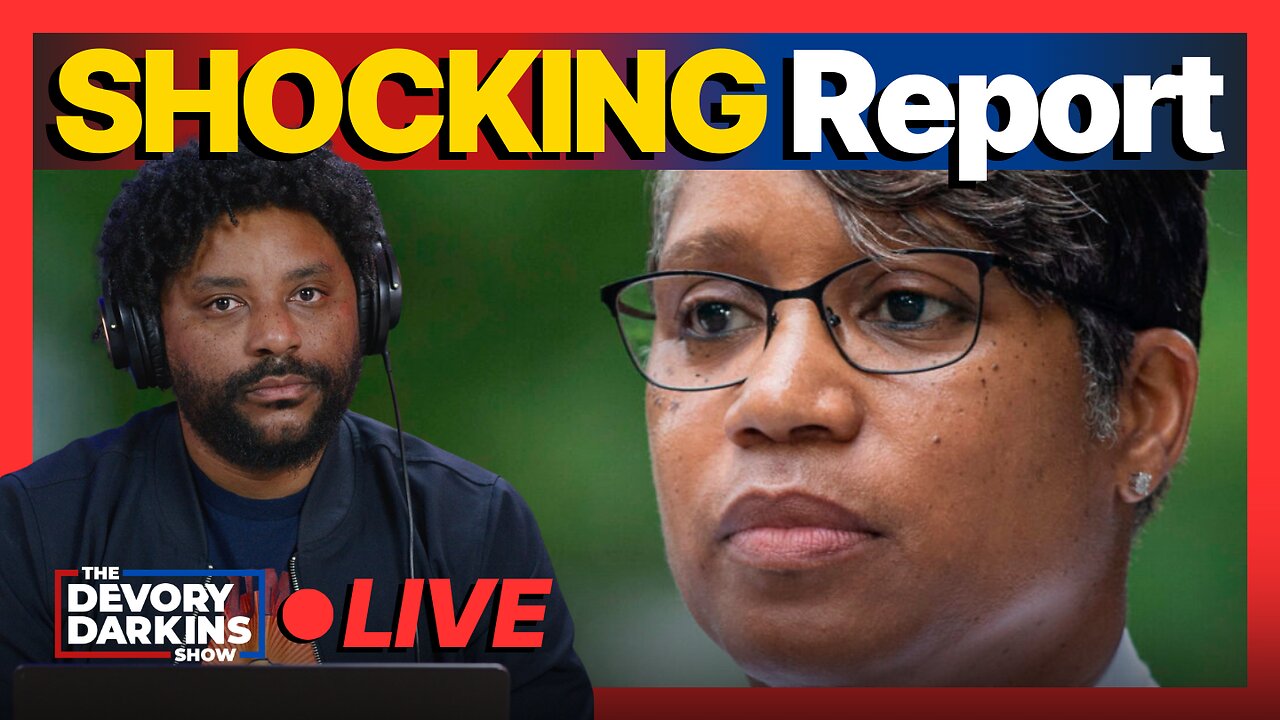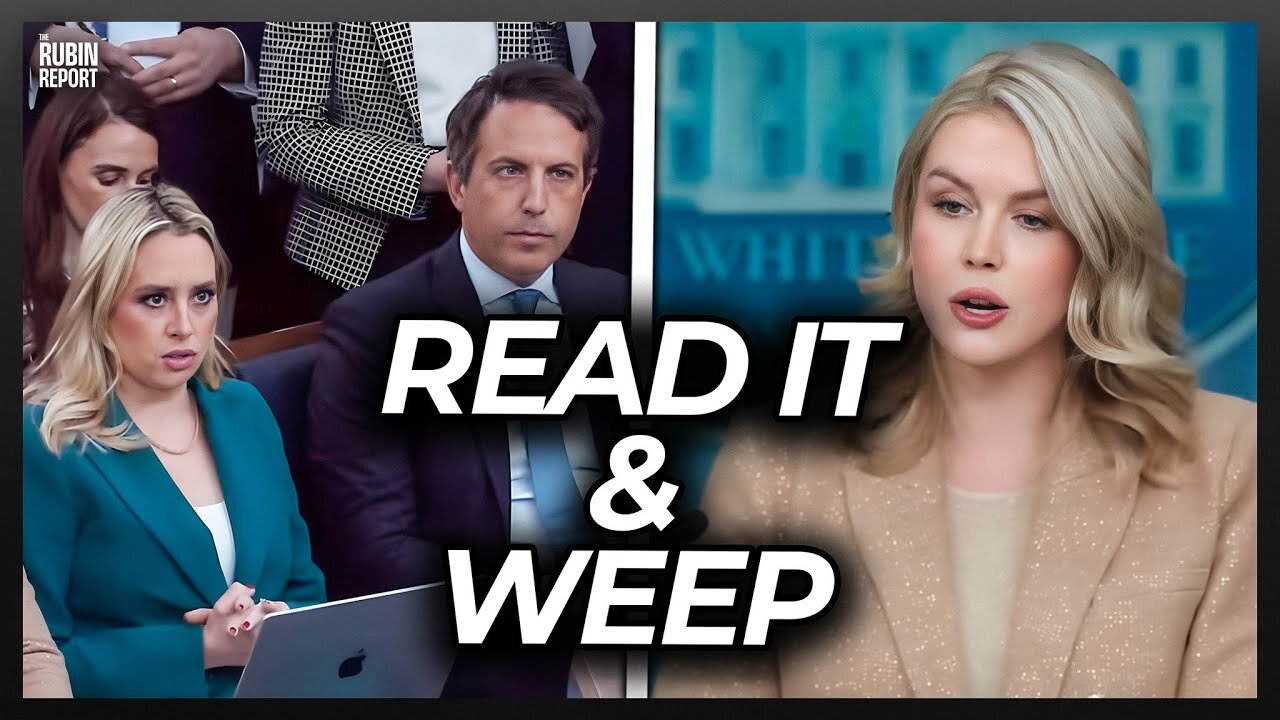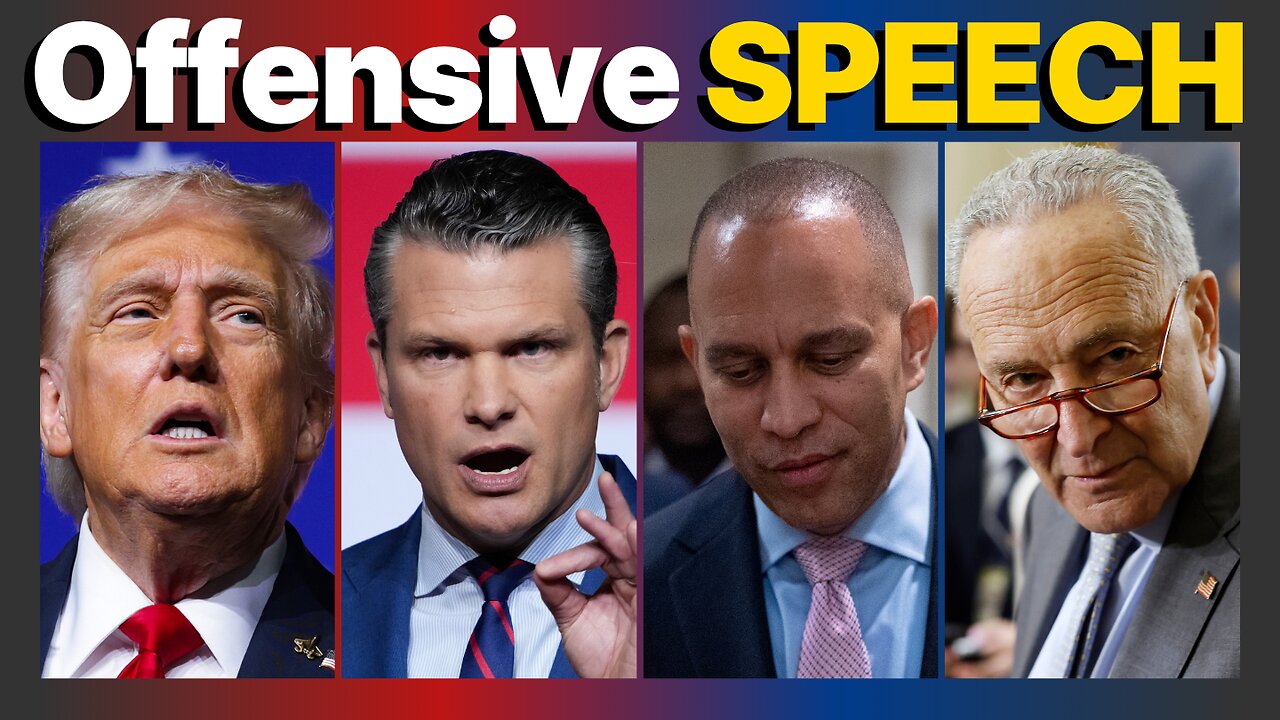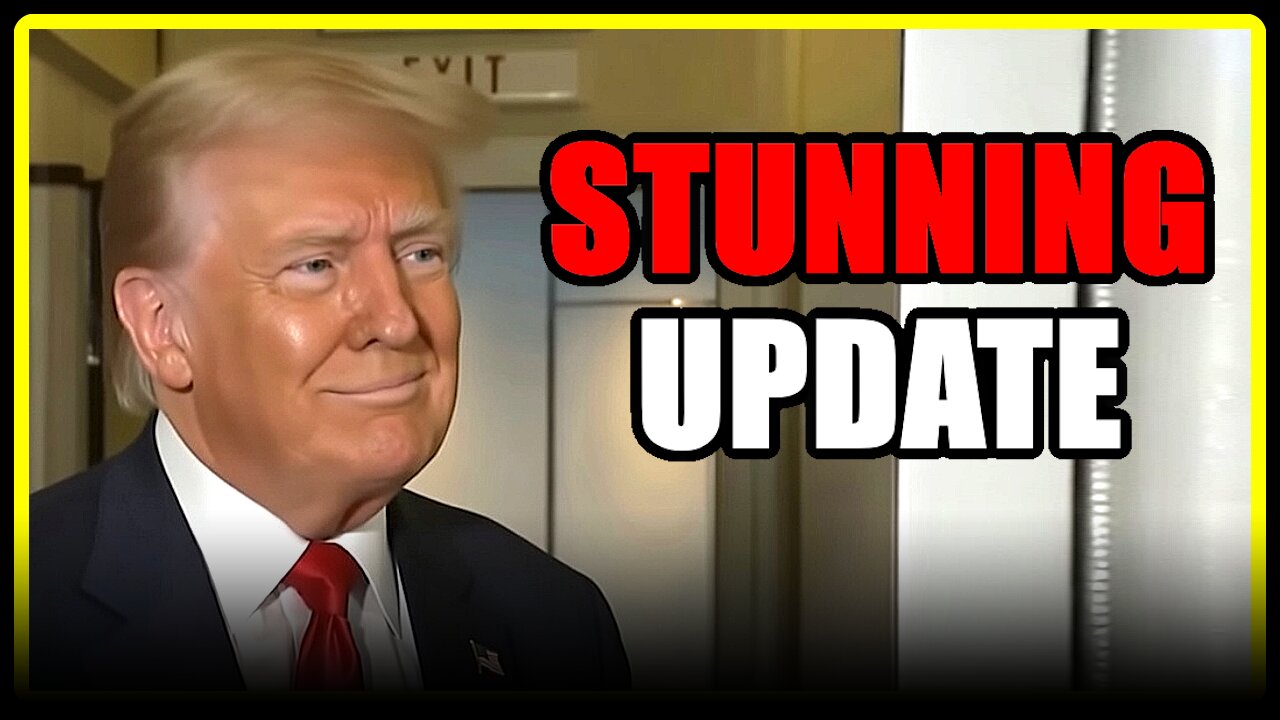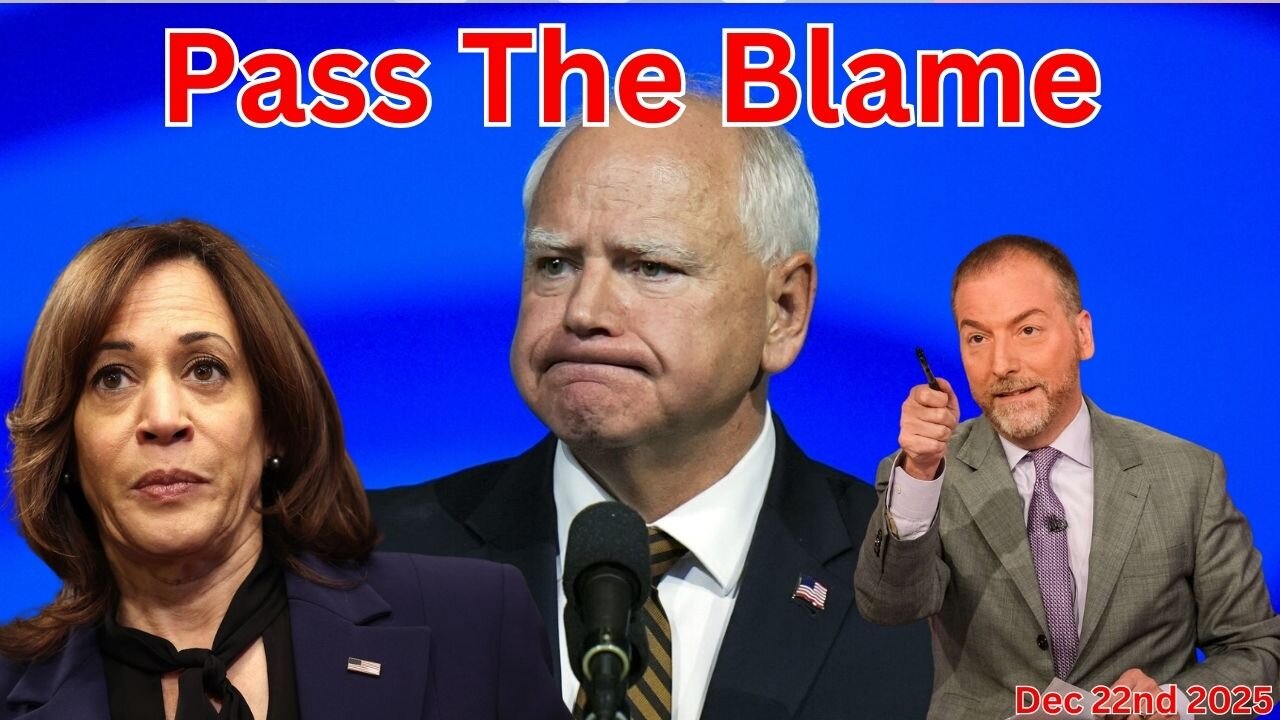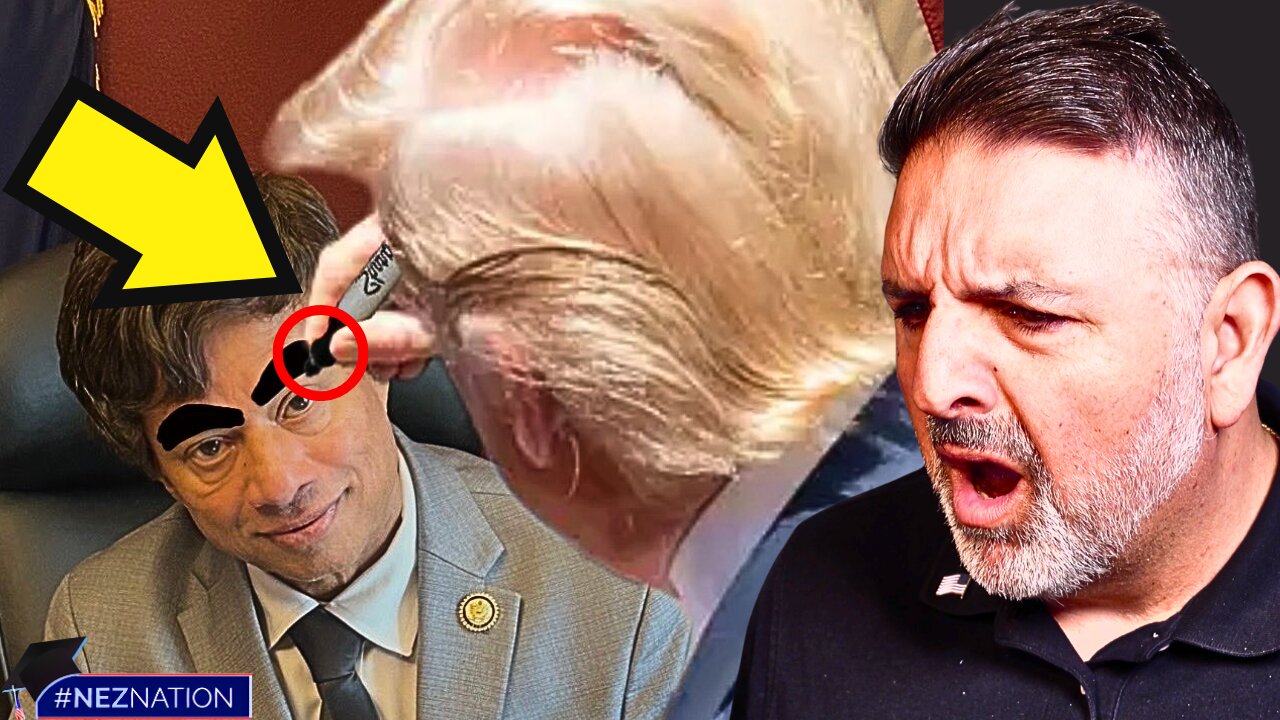Biden-Era Health Subsidies Aren’t the Solution—They’re Part of the Problem

With some Obamacare subsidies set to expire, Congress faces a choice: extend them—and continue masking the program’s underlying problems—or focus on actually fixing what’s wrong with the program.
Live Your Best Retirement
Fun • Funds • Fitness • Freedom
Obamacare started off by creating a new subsidy scheme for individuals who purchased health coverage through government-run exchanges. That scheme? A premium tax credit subsidy to offset premium costs, along with another subsidy to reduce cost-sharing requirements like copays.
These subsidies were limited by income, with premium subsidies available to those with incomes between 100 and 400% of the federal poverty level and cost-sharing subsidies available to those with incomes between 100 and 250% of the poverty level.
But in 2021, in response to COVID-19’s economic impact, President Joe Biden’s American Rescue Plan Act temporarily changed Obamacare subsidies, lifting the 400% income ceiling for premium subsidies and capping enrollee payments for premiums at 8% of income. It also reduced required premium payments for enrollees with incomes below 400% of the poverty level, and it eliminated them entirely for those with incomes below 150%.
Originally passed for two years, these changes were extended an extra three years under the 2022 Inflation Reduction Act. Now, that three-year extension is set to expire, and required enrollee premium payments will return to where Obamacare originally set them.
Even with COVID-era subsidies’ expiration, taxpayers will still foot the bill for 80 to 90% of premiums for low-income enrollees. But proponents of extending the enhanced subsidies claim that if they expire, enrollees will face major premium increases—leaving millions unable to afford coverage.
Yet the truth is that the extra subsidies simply masked the reality: under Obamacare, premiums continue to rise.
Analysis from The Heritage Foundation found that in 2013, the year before Obamacare’s implementation, the national average cost of individual coverage was $244 per month. By 2022, that cost had climbed to $568 per month.
Unless the root cause of premium increases is addressed, demand for more subsidies will only continue.
Since enhanced subsidies took effect, enrollment in the Affordable Care Act exchanges has skyrocketed.
As seen in the chart below, in the years before the enhanced subsidies (2018-2020), both subsidized and unsubsidized enrollment was stable. Once the enhanced subsidies took effect, subsidized enrollment skyrocketed.

Indicators suggest that much of the soaring enrollment was due to fraud. As Paragon Institute research has exposed, many individuals were enrolled in subsidized coverage without their knowledge—or had their subsidized coverage changed without their knowledge by fraudsters collecting commissions from insurance companies.
Paragon also estimates that 6.4 million people were improperly designated as having income between 100 and 150% of the federal poverty level—enabling them to receive zero-premium coverage at a cost of over $27 billion in taxpayer dollars for 2025 alone.
Furthermore, the underlying flaws of Obamacare means middle-income enrollees will continue to face skyrocketing deductibles, fewer choices, and narrow networks. According to Heritage’s analysis, the average deductibles for bronze-level plans increased by 40% between 2014 and 2024.
At the same time, plan networks narrowed. 80% of silver plans and 76% of bronze plans imposed more restrictive networks on enrollees.
Addressing the Root Cause
To reverse these trends, Congress needs to focus on the root cause of the issue. Fundamental changes are needed to bring premiums under control and improve the coverage options. Specifically:
- Restructure Obamacare Subsidies. The current subsidy design does little to restrain premiums. Instead, the subsidies’ open-ended nature actually fuels premiums to rise. To reverse this trend, Obamacare subsidies need to be restructured to bring greater transparency, simplicity, and accuracy—bringing down premium and subsidy costs for enrollees and taxpayers.
- Revamp Obamacare Markets Rules. Many of the rules put in place under Obamacare (and, subsequently through rules and regulations) unnecessarily drive up the cost of coverage. To reverse this trend, the rules governing Obamacare exchanges need to be revamped to bring greater flexibility and options for both the subsidized market and non-subsidized enrollees.
For those fighting for government-run care for all, subsidy extensions seem to simply further the cause.
According to a recent Congressional Budget Office analysis, should these enhanced subsidies be permanently extended, another 6.9 million individuals would end up in Obamacare exchanges—receiving an average subsidy of $5,370. These extensions would also result in a 3 million drop in employer-based coverage.
These incremental expansions are just another step towards a full-blown government-run health care. But they do nothing to address the core problems in Obamacare: higher premiums, fewer choices, and more narrow and costly networks.
Extending or even watering down the enhanced subsidies won’t address these underlying problems. It’s time to reverse these trends and make health care more affordable again.
The post Biden-Era Health Subsidies Aren’t the Solution—They’re Part of the Problem appeared first on The Daily Signal.
Originally Published at Daily Wire, Daily Signal, or The Blaze
What's Your Reaction?
 Like
0
Like
0
 Dislike
0
Dislike
0
 Love
0
Love
0
 Funny
0
Funny
0
 Angry
0
Angry
0
 Sad
0
Sad
0
 Wow
0
Wow
0





